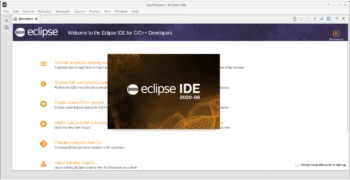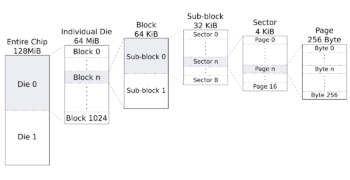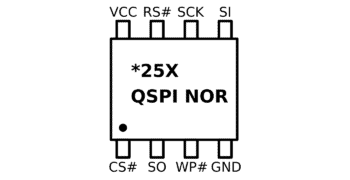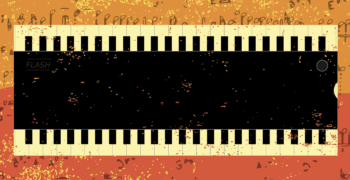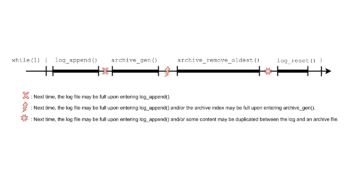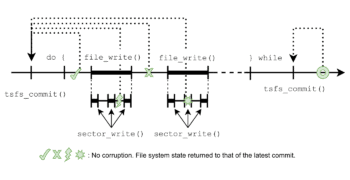GCC Toolchain Eclipse Setup Guide for Linux Part 2 — Workspace and Projects
In this second part of this guide on how to set up an embedded GCC toolchain within Eclipse on Linux, we’ll pick up on where we left off at the end of Part 1. We’ll take a look at workspace configuration and creating both managed and Makefile based projects.
